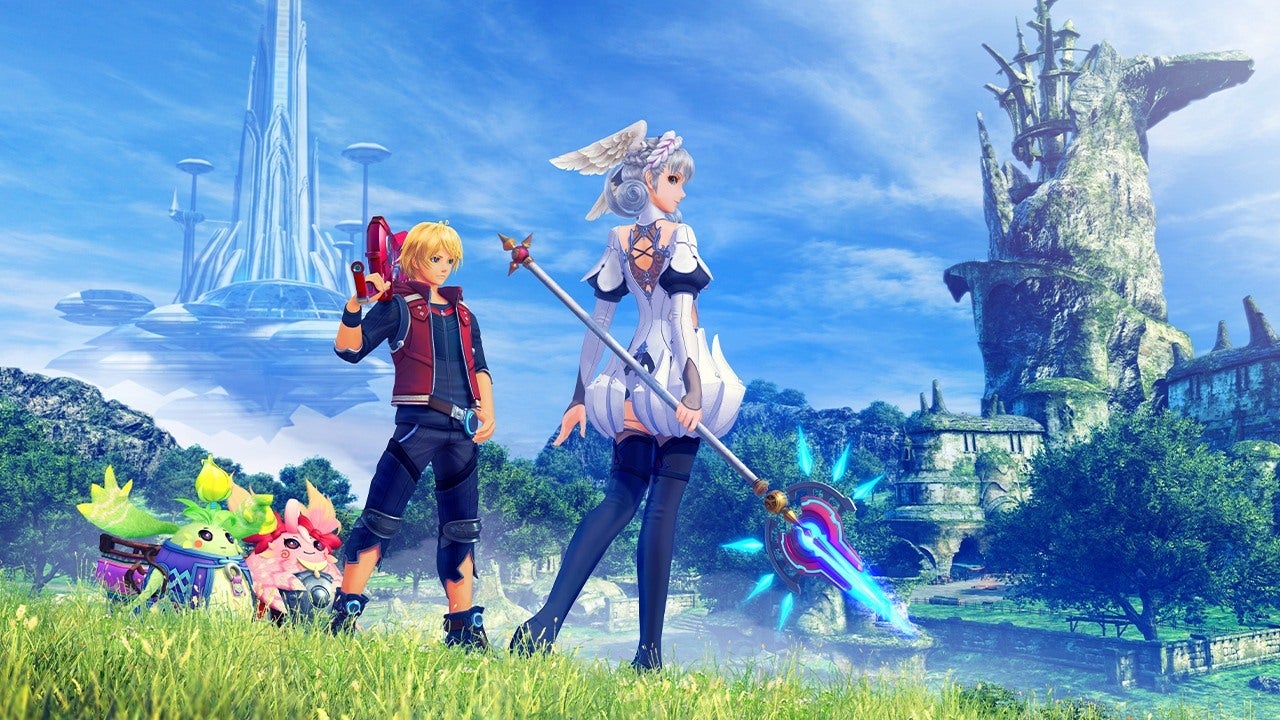Introduction
In the vast world of gaming, representation and inclusivity have become increasingly important topics. One recent game that sparked controversy and conversation is Xenoblade Chronicles, particularly regarding the character A and their nonbinary identity. This article aims to explore the significance of nonbinary representation in gaming and the reactions it has garnered within the Xenoblade Chronicles community.
The Xenoblade Chronicles Series
Xenoblade Chronicles is a highly acclaimed series developed by Monolith Soft, known for its expansive open worlds and intricate storytelling. The trilogy consists of Xenoblade Chronicles Definitive Edition, Xenoblade Chronicles 2, and the recently released Xenoblade Chronicles 3: Future Redeemed DLC. These games have captivated players with their immersive gameplay and rich narratives.
A Powerful Conclusion: Future Redeemed
The Xenoblade Chronicles 3: Future Redeemed DLC was eagerly anticipated by fans as the final chapter of the series. It promised to recontextualize the events of the previous games and bring closure to the overarching story. Released in April of this year, Future Redeemed delivered on its promises, offering a mechanical treat, an exploratory delight, and a thematic and narrative conclusion to the decade-spanning sci-fi opera.
The Introduction of A and Nonbinary Representation
One of the notable aspects of Future Redeemed is the introduction of the character A. A is an aegis, a powerful weapon and avatar of the Trinity Processor, a sci-fi supercomputer. The interpretation of A’s gender identity as nonbinary has sparked intense discussion and debate within the Xenoblade Chronicles community. Some argue that A’s nonbinary identity is supported by the series’ lore and the absence of gendered pronouns, while others dismiss it as an unnecessary imposition.
Unraveling the Fandom’s Reaction
The Xenoblade Chronicles fandom has become known for its passionate and sometimes divisive reactions. The response to A’s nonbinary representation was no exception. Online discourse surrounding A was filled with transphobia-laden arguments and vitriol, tarnishing the enjoyment of the game for many fans. This negative reaction highlighted the toxic elements within the fandom and their resistance to embracing diversity and inclusion.
The Power of Interpretation
At the core of the debate surrounding A’s nonbinary identity is the concept of interpretation. Xenoblade Chronicles is a game that invites players to explore and piece together its complex lore, often leaving gaps for individual interpretation. Some fans argue that A’s nonbinary identity is evident when considering the series’ themes and symbolism, while others insist on a more literal reading of the game’s text. This clash of perspectives has led to a deep divide within the community.
Challenging Canonicity for Greater Inclusivity
The concept of canonicity, or the preeminent mode of engagement for big-budget media, has become a central theme in the discussion of nonbinary representation in gaming. Canonicity often prioritizes encyclopedic collections of facts, such as lore and developer intent, over personal interpretations and connections made by players. This emphasis on canonicity can limit the potential for inclusivity and diverse representation within gaming narratives.
Embracing Queer Relationships with Abyssal Media
To foster greater inclusivity, it is crucial to queer our relationship with abyssal media like Xenoblade Chronicles. Embracing characters like A and Juniper, a nonbinary character in the base game of Xenoblade Chronicles 3, while maintaining a healthy skepticism towards developers and publishers, allows for a more nuanced and open-minded engagement with the game’s narratives. By actively reclaiming characters and challenging restrictive interpretations, players can contribute to a more inclusive gaming landscape.
The Importance of Diverse Representation
While Xenoblade Chronicles has made strides in nonbinary representation, it is crucial to acknowledge that there is still progress to be made. In an ideal world, diverse characters would be integrated seamlessly into game narratives without the need for reclamation or extensive interpretation. Developers should embrace the opportunity to create authentic and multifaceted queer characters, ensuring that players from all walks of life can see themselves reflected in the games they love.
Conclusion
Xenoblade Chronicles has sparked vital conversations about nonbinary representation in gaming. The introduction of the character A and the ensuing debates within the fandom have shed light on the challenges and importance of inclusivity. By embracing diverse characters and challenging restrictive interpretations, players can contribute to a more inclusive gaming landscape. It is through these ongoing discussions and actions that gaming can become a more welcoming and representative medium for all. So, let us celebrate the strides made by Xenoblade Chronicles while recognizing the work that still lies ahead.


No comments! Be the first commenter?